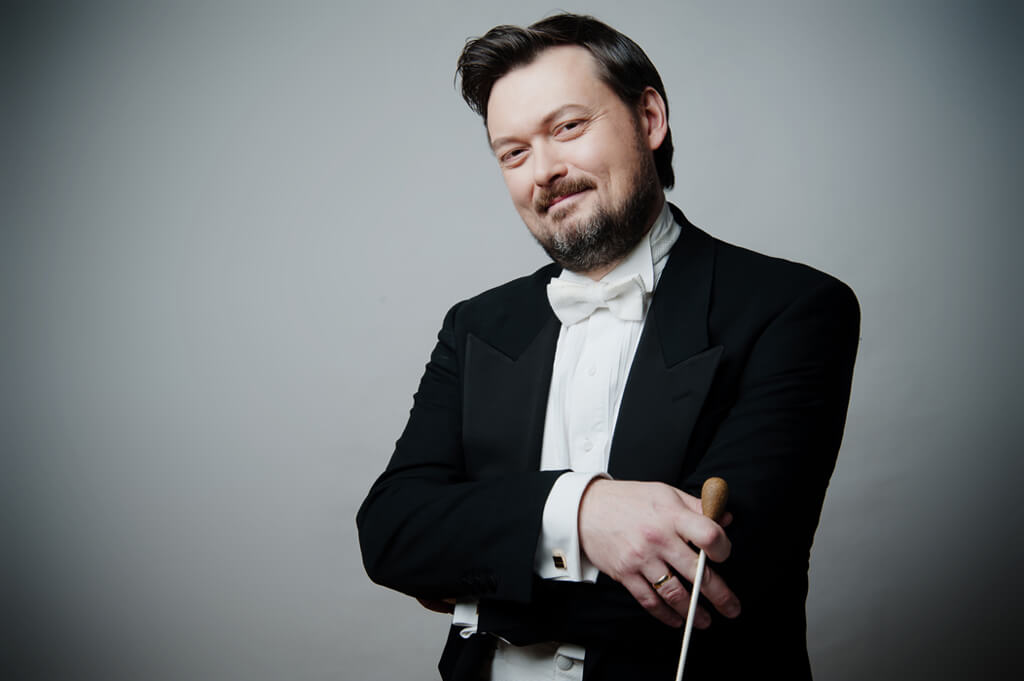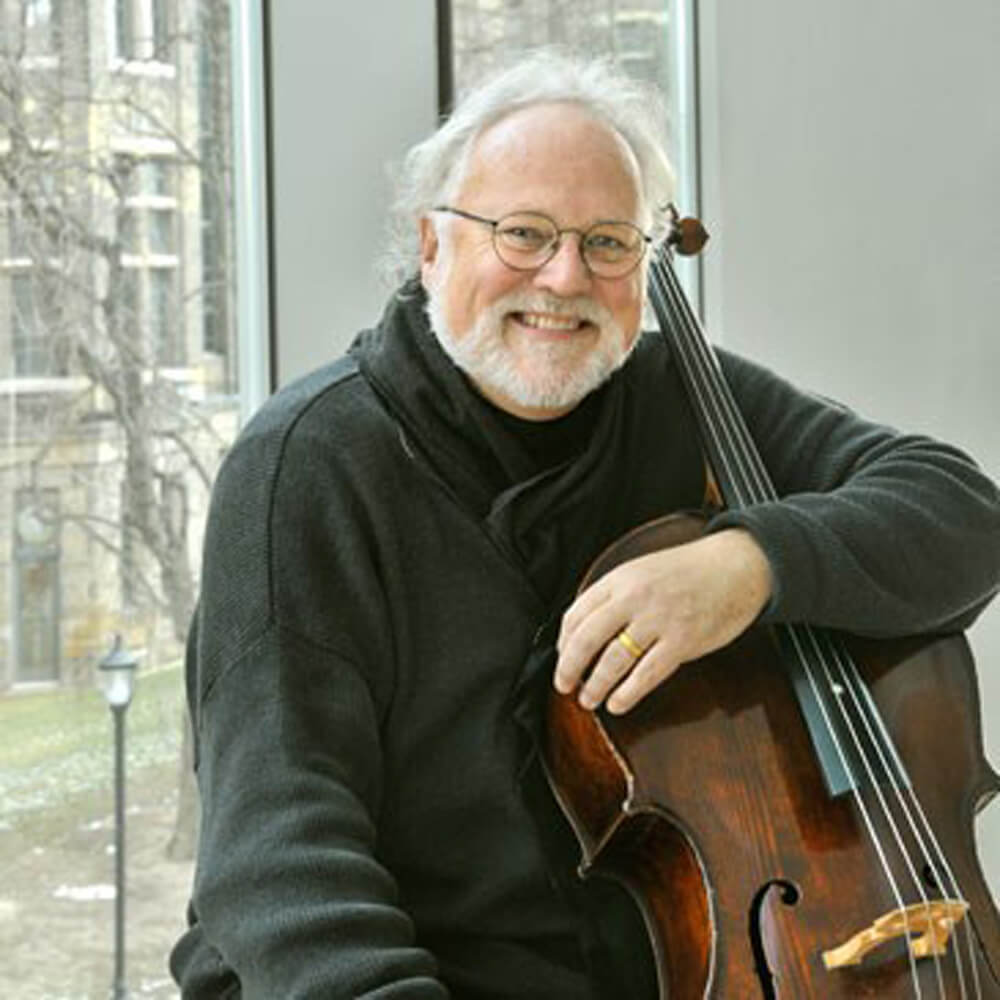
The Performing Arts Medicine Association is an organization of specialists who treat performers from all branches of the arts. Collaborators from many different treatment fields including medicine, osteopathy, occupational therapy, chiropractic, psychology, social science and various fields of performance pedagogy, have been gradually developing a specialized expertise that is ripe to become an accredited specialty, in the same way that sports medicine is now a distinct specialty within medicine.
While it’s well-known that performing artists suffer occupational injuries, and performing arts practitioners face a peculiar challenge before they can treat their patients. They have to persuade them to admit they need treatment. Three points from Dr. John Chong’s opening presentation at the recent PAMA meeting in Toronto gives a clear picture of the situation of classical musicians: in Canada in 2011 musicians’ average earning was $15,880; there is an 84 % lifetime prevalence of injury; the chance of playing while injured is 50 %.
Next time you’re at a performance, bear in mind that the musician you’re watching might actually be in pain and exacerbating the injury that causes it. The combination of physical pain, its threat to future work and financial insecurity, causes musicians to keep their maladies a secret, causing a downward spiral that cannot reverse itself.
So before PAMA members can even treat performers, they have to change the culture from secrecy to openness. Fake It Until You Can’t Make It, the theme of PAMA’s meeting, was a rallying cry to performers to seek help before they reach a point of no return. Several performers including two eminent classical musicians, violinist Stephen Sitarski, concertmaster of the Hamilton Philharmonic Orchestra, and Bryan Epperson, the Principal Cellist of the Canadian Opera Company who were on the brink before they sought treatment gave powerful personal testimonies. What their accounts made clear is that musicians face many of the same vocational risks as many other workers but with one critical difference—they are also always subjected to the scrutiny of live public performance. It’s the combination of bad working conditions plus the lifelong demand of artistic mastery and all that it entails, that can eventually crush a musician.

For example, many people are forced to endure debilitating commutes to work. But once they arrive, they don’t have to give a virtuosic performance. For 21 years Stephan Sitarski’s travel demands were almost inhumane. Working steadily for what he called the “401 Philharmonic”, he traversed the Windsor to Oshawa corridor, playing with orchestras in Windsor, London, Kitchener, Hamilton, Toronto, and Oshawa. The negative health impact of excessive commuting is well studied — it includes raised blood sugar and cholesterol, lower fitness, larger waist circumference, hypertension, poorer sleep quality, higher anxiety and reduced happiness. While this isn’t good for any commuter, it puts the musician’s task in a special light—imagine a long, unpredictable, frustrating, congested and risky commute with the sound of 18-wheelers throbbing in your ears, followed by performing a piece that is supposed to be joyful or delicate or serene.
When Sitarski spoke last Saturday, it was the 17th day in a row that he couldn’t be at his home in Kitchener. Dorothy’s observation at the end of the Wizard of Oz is true: There’s No Place Like Home. Human beings need to return to their secure base on a regular basis to feel well. Frequent separation from family and friends, poor food options, not being able to exercise, and the strain of orienting to unfamiliar surroundings catches up with you, no matter how many coping skills you develop.
Add to this the fraught political environments of many orchestras, constant fiscal crisis; lack of sufficient rehearsal time and artistic conflict between a musician who interprets a piece one way while practicing and a conductor who wants it done differently, and changed on the spot, and you get a sense of the unremitting strain that Sitarski experienced. Chronic stress is much more than a deeply unpleasant feeling; it is a whole-body threat to the psychoneuroimmunology system that eventually wreaks destruction. This all cumulated for Sitarski with crushingly severe clinical depression, though what caused him to seek medical help was the unrelenting pain in his neck. The two had to be treated concurrently because the physical pain was not going to be relieved without addressing the psychic pain.
“Musicians are sensitive people who have a strong connection to raw emotions that they want to express, ” stated Sitarski. “ We’re not snowflakes, but what makes us sensitive to music makes us vulnerable to the often brutal demands we face.”

Bryan Epperson’s stratospheric career has taken him all over the world, as well as to Santa Fe every summer, where he is principal cellist of the Santa Fe Opera Orchestra. Air travel has a different set of hazards from highway driving, equally devastating.
“Everybody hates you when you travel with a $2.5 M cello that takes up the seat beside you on an airplane. I used to order a scotch for myself and a double for my instrument — and they would bring it because it came with the seat.”
This anecdote is especially resonant for me because I was once asked to give up my bulk head aisle seat on a plane for a passenger with special needs, only to discover later that I had agreed to reduced leg room so that a cello could sit where I was supposed to be. That caused mild chagrin, and it might have been Epperson himself who gave me a nasty look when I smilingly told the musician that I was the person who was displaced. He clearly resented my bringing this to his attention, and in truth, if I’d known I was incurring discomfort for an inanimate object, I would have said no. So it’s not only the passengers who hate the cellist, but the cellist feels pretty negatively towards the passengers. Travelling in a state of hostility is guaranteed to generate stress.
Epperson described his harrowing transformation from a passionate lover of the cello to an obsessed workaholic with the workload of four musicians. This reduced his sleep to four hours a night, increased his alcohol consumption, wrecked his first marriage, and terminated his once deeply meaningful religious practice.
At the highest levels of virtuosity, Epperson explained, string players work in the margin of “milliseconds and millimeters”. Sustaining such perfection has to take its toll, as it has for a colleague of his in one of the world’s elite chamber music groups who told him that he wakes up each morning feeling as if he has a loaded gun pointed at his forehead. Epperson “figuratively hit the wall” around 2004, when he experienced his first panic attack. “Anyone who has ever had one knows he would rather be dead than have another one.”
Epperson’s description of his recovery is as uplifting as the story of his deterioration is discouraging. He now has a manageable workload, gives master classes instead of private teaching, exercises daily, gets proper sleep, has regular meals, abstains from alcohol, and most hearteningly, has redefined his relationship with his cello.
“Every morning I play cello for myself,” he told us, “which is like doing Tai Chi for me. My intellect, heart, body and soul come together while I do scales and arpeggios starting in the upper positions, where most cellists are weakest. I finish practicing happy and in love with music.”
Surely that is a description of a musician who has healed. Music itself, combined with timely clinical intervention, is the musician’s cure. PAMA, in partnership with the musicians who are courageous enough to speak openly about their struggles, is ready to provide the timely intervention.



